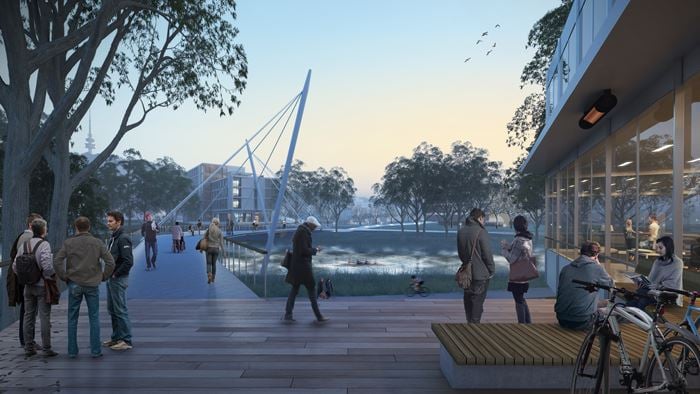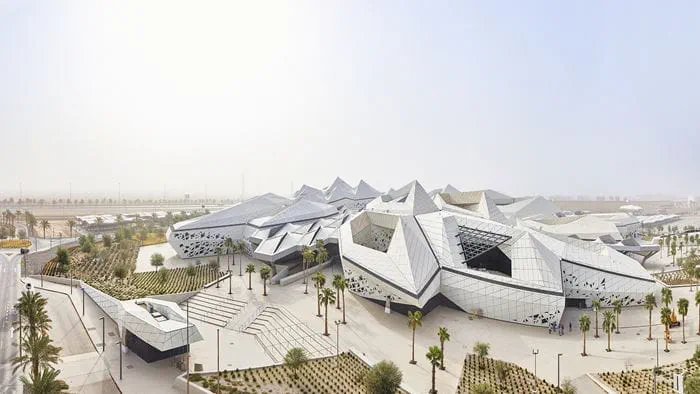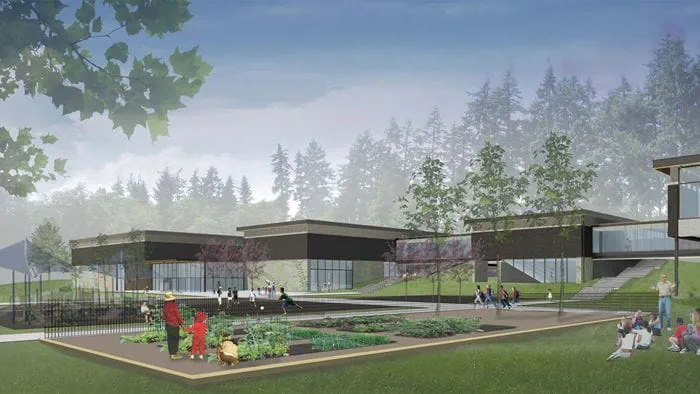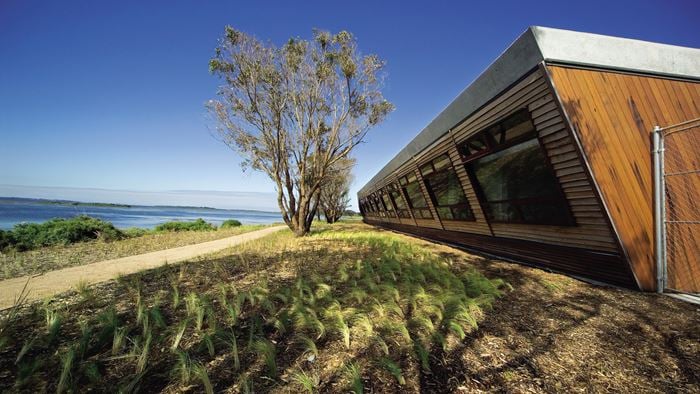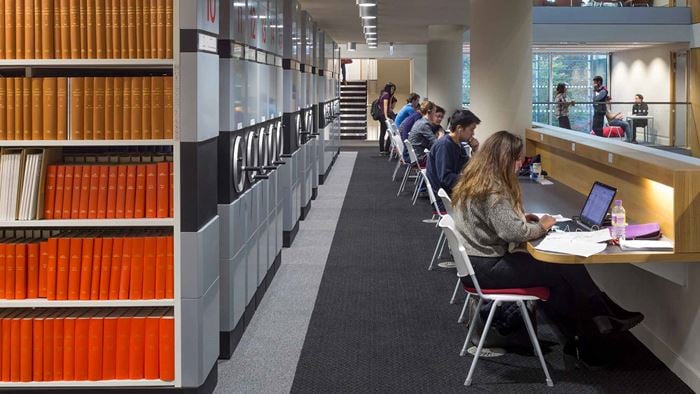Designing and building a new kind of kindergarten in a remote district of Ghana was a learning experience for everyone involved.
The light, airy and cool classrooms in Dwabor’s kindergarten are perfect for a curriculum of activity-based learning. A world away from the village’s run down old kindergarten, the new building involved the community from the start. Its design uses sustainable local materials – including waste products like coconut husks – in inventive ways. It was built with the help of volunteers from Arup and Davis Langdon working alongside the community.
Arup provided engineering and design expertise to develop the prototype kindergarten, a model for a rollout programme in the local area. The firm collaborated with global construction consultants Davis Langdon and the Sabre Charitable Trust, a small charity working to improve education provision in the KEEA district of Ghana in partnership with the Municipal Education Office.
“With the input of local people, we’ve created a model which can be adapted throughout the region to vastly improve access to education. The project demonstrates how global design expertise and local knowledge can combine to change the lives of this and future generations. ”
Jo da Silva Director
The project was evaluated by ASPIRE, a software-based tool for assessing the sustainability of infrastructure projects. Close collaboration with government and the local community ensured the kindergarten was a model of best practice in international development and helps Sabre to achieve its vision for kindergarten education.
The Dwabor kindergarten is a modular, scalable design. It maximises daylight and ventilation while minimising heat and noise.
Sustainable materials are used wherever possible – demonstrating to the local community how bamboo, coconut husks and even soil can be transformed into durable and cost-effective building materials.
The school’s distinctive metal roof collects rainwater for reuse. Inside the roof, fibres from coconut husks deaden the noise from rain and prevent downpours from interrupting classes. When the sun shines, colourful slatted bamboo windows can pivot to let in light without any glare.
For the walls, soil stabilised blocks proved stronger during tests than concrete (sandcrete) blocks bought locally. When concrete was used, pozzolana made from fired palm kernels replaced Portland cement. This reduced both cost and environmental impact.
For the walls, soil stabilised blocks proved stronger during tests than concrete (sandcrete) blocks bought locally. When concrete was used, pozzolana made from fired palm kernels replaced Portland cement. This reduced both cost and environmental impact.
Children at the kindergarten also have the opportunity to learn from their environment. As well as flexible inside space that is perfect for activity-based learning and learning through play, the school has outdoor learning areas. Here the natural environment becomes a teaching aid as children explore the world around them.
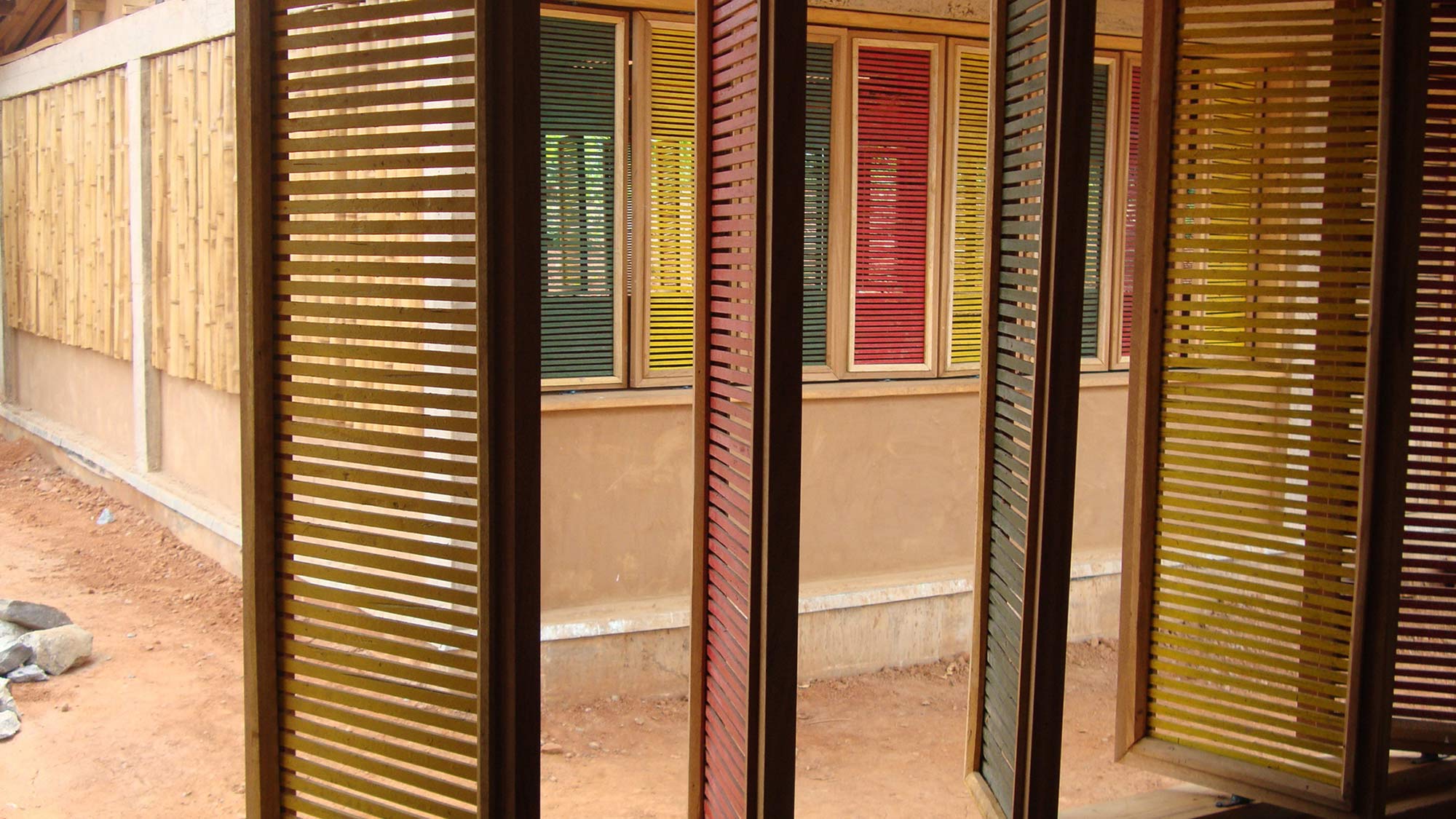 ;
;




